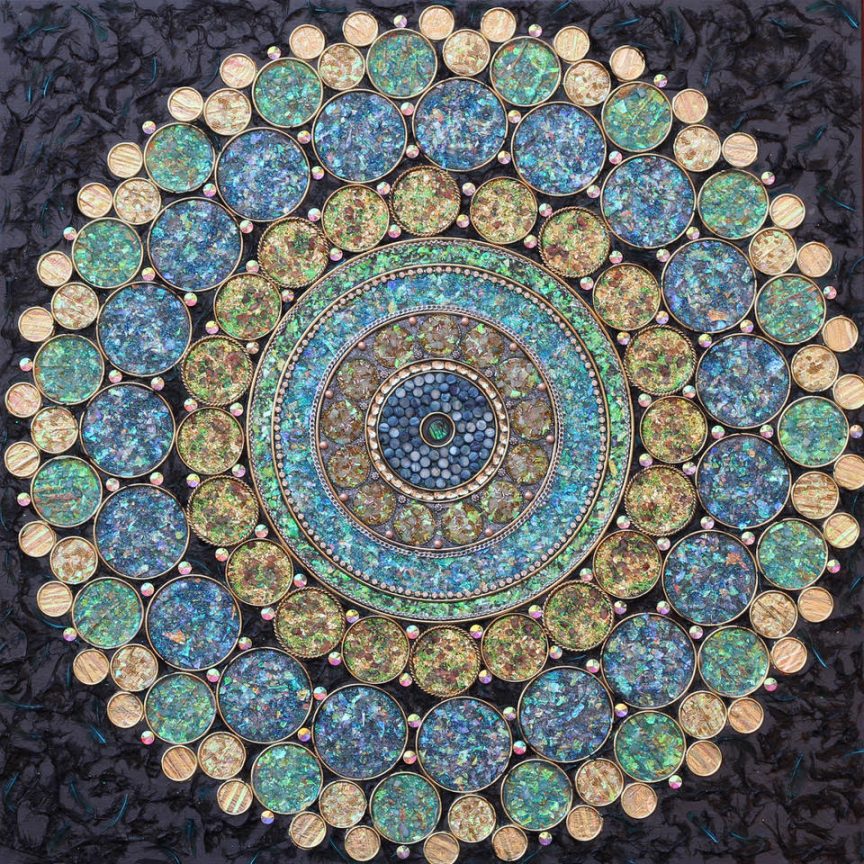Name: Jasmine Virginia
Which came first in your life, the science or the art?
The science came first. I spent 10 years working at SickKids hospital in the Department of Pediatric Laboratory Medicine. I was fascinated by electron microscopy and the images of various cells and materials that some of the scientists would share with me. It sent me down a rabbit hole into research of the unseen world in which cells are living beings beneath the surface of our existence and are essential to life. I was hooked once I was awakened to the fact that at the core of our being and at the core of the world around us are cellular structures that build on top of one another to create life and the matter around us. As the art opened up in my life, I found that cells kept finding their way into my work as one of my all time favourite subjects to create.
“As the art opened up in my life, I found that cells kept finding their way into my work as one of my all time favourite subjects to create.”
Jasmine Virginia
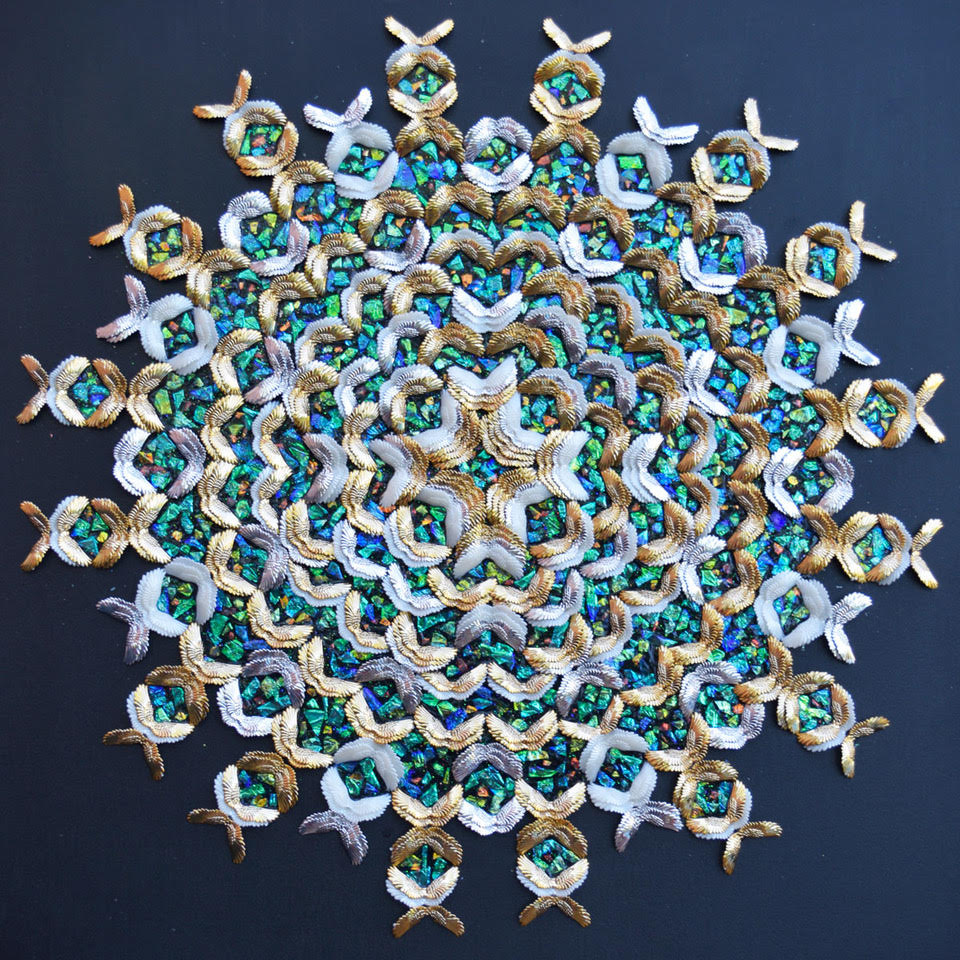
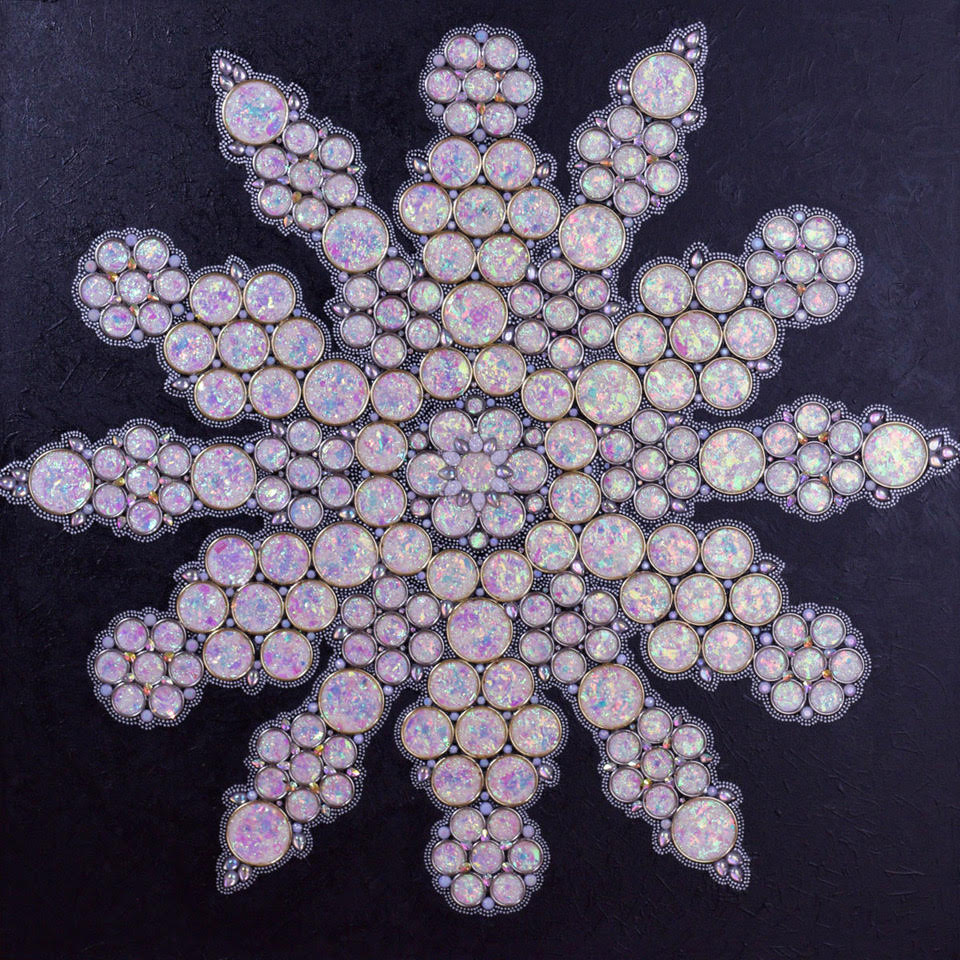

Which sciences relate to your art practice?
I believe a combination of them. Cytology, as it relates to the study of the different structures and functions of the cell. Electron microscopy because visually seeing cells and various structures under such high-powered microscopes really awakened my desire to learn more about the unseen world. And hematology, as a lot of my cells are in groups and feature movement around them, just as I imagine our blood cells constantly moving around our bodies.
What materials do you use to create your artworks?
Rings, crystals, beads, glass, chain, feathers, semi precious stones, paint. Pretty much anything that reflects light or inspires me. Some people have described my work as sculpture on canvas, as my work is all very textured and tactile. I always tell people to reach out and touch my work, as I believe art should be a multisensory experience.
“I always tell people to reach out and touch my work, as I believe art should be a multisensory experience.”
Jasmine Virginia


Artwork/Exhibition you are most proud of:
In 2018, I was accepted to be one of the artists featured at Toronto’s Steam Whistle Gallery. I was one of two artists featured in a partnered show, and I had 13 large-scale pieces hanging in their brewery over the course of April 2018. Seeing so many of my pieces hanging in such a large and bustling space in Toronto was really a dream come true. I enjoyed going there throughout the course of the month to be a fly on the wall and watch people engage and interact with the art.
Which scientists and/or artists inspire and/or have influenced you?
John Liebler’s medical and scientific 3D molecular animations blow my mind. I remember watching “The Inner Life of a Cell,” which he animated under the guidance of Dr. Robert Lue and Dr. Alain Viel. It was the first time I was able to really get an incredible visual of cells in action. Watching all of a cell’s moving parts and how they interact with other cells around them is fascinating to me. When I’m creating my cells now, I often think of the intricacies of their parts and view them like little puzzle pieces that flow together and fit together thanks to his videos.
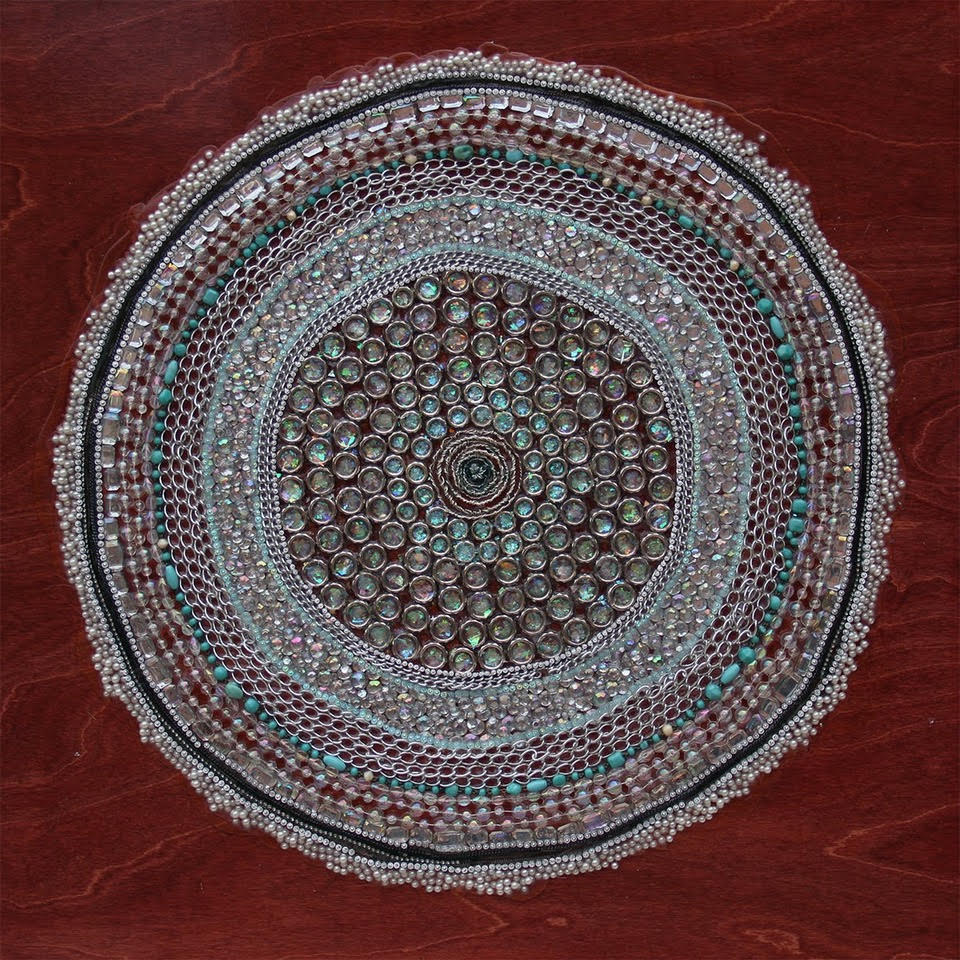
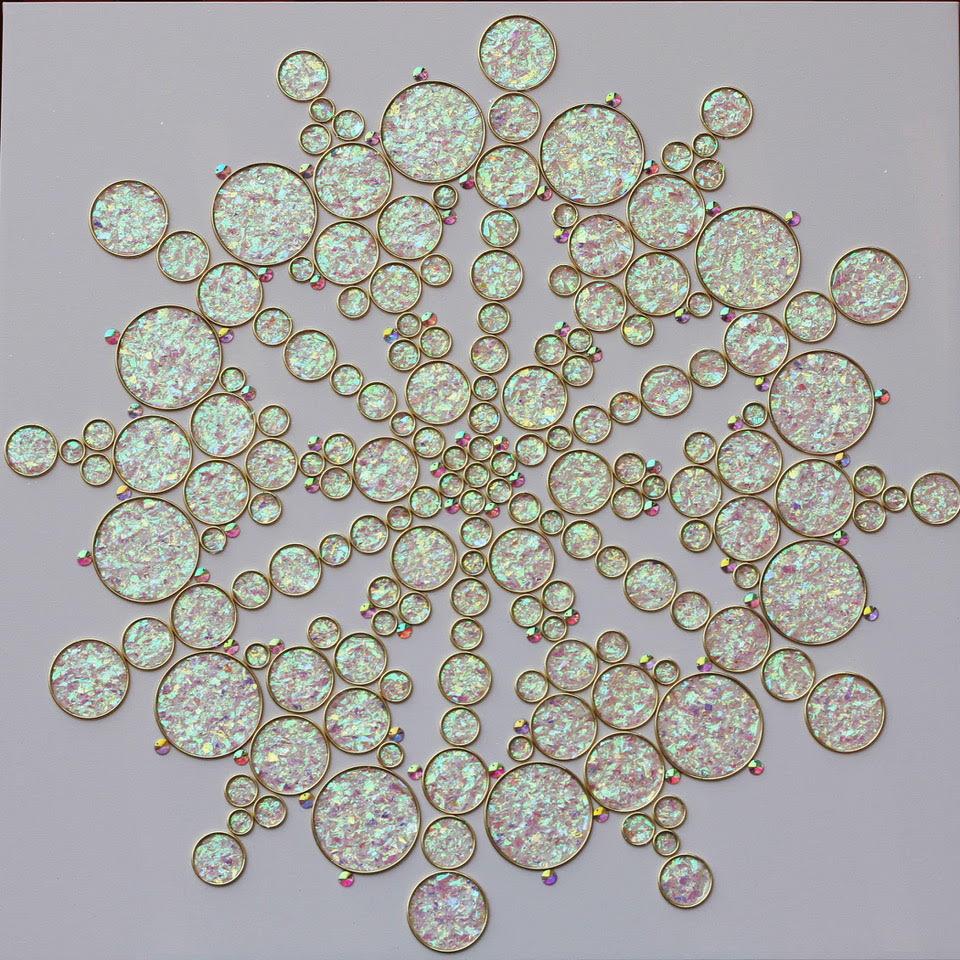

Is there anything else you want to tell us?
Now more than ever with our health at the forefront of our minds, keeping our cells healthy is imperative to keeping our lives going. They should be protected because they are raw, living forms, and just as much as they are bringers of life and health, they can also be destroyers. The cells in this body of work are large and beautiful; they are a representation of cells at their best, filled with complexity, health, and light. They aim to remind people that beneath the surface of what we perceive is a world alive with life and beauty that’s worth contemplating and exploring.
“[My works] aim to remind people that beneath the surface of what we perceive is a world alive with life and beauty that’s worth contemplating and exploring.”
Jasmine Virginia
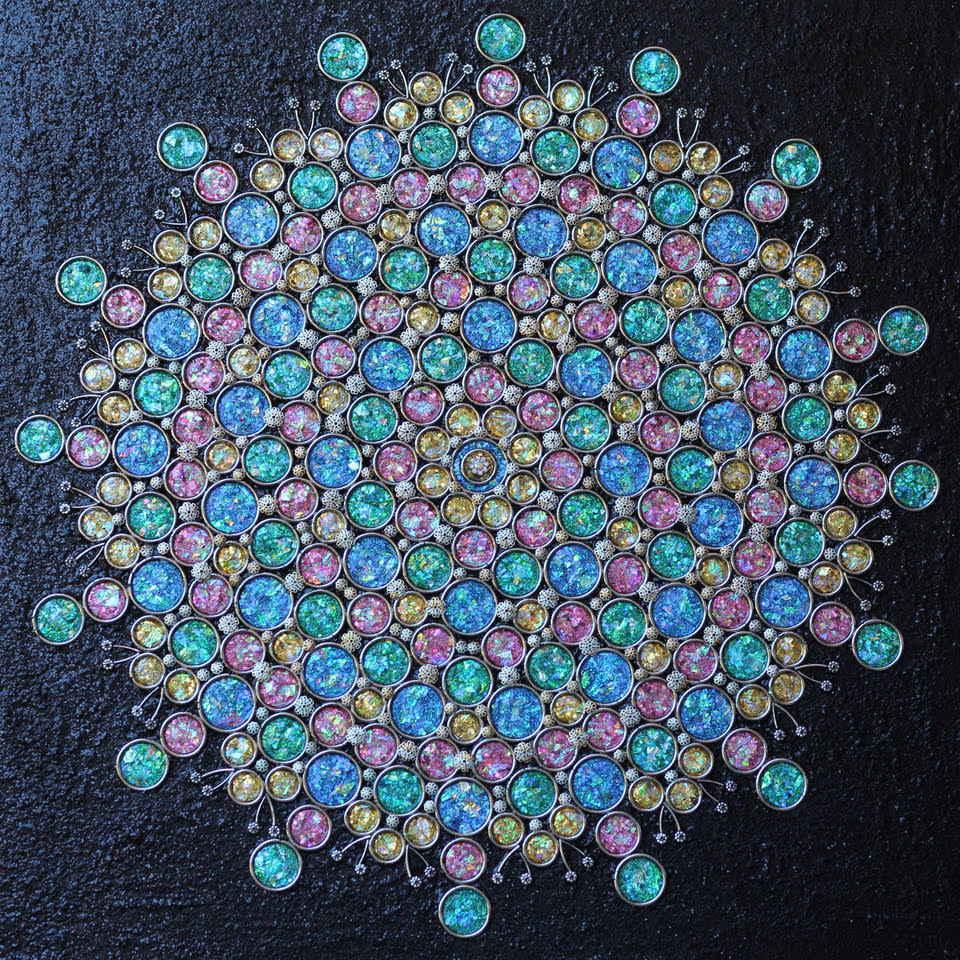
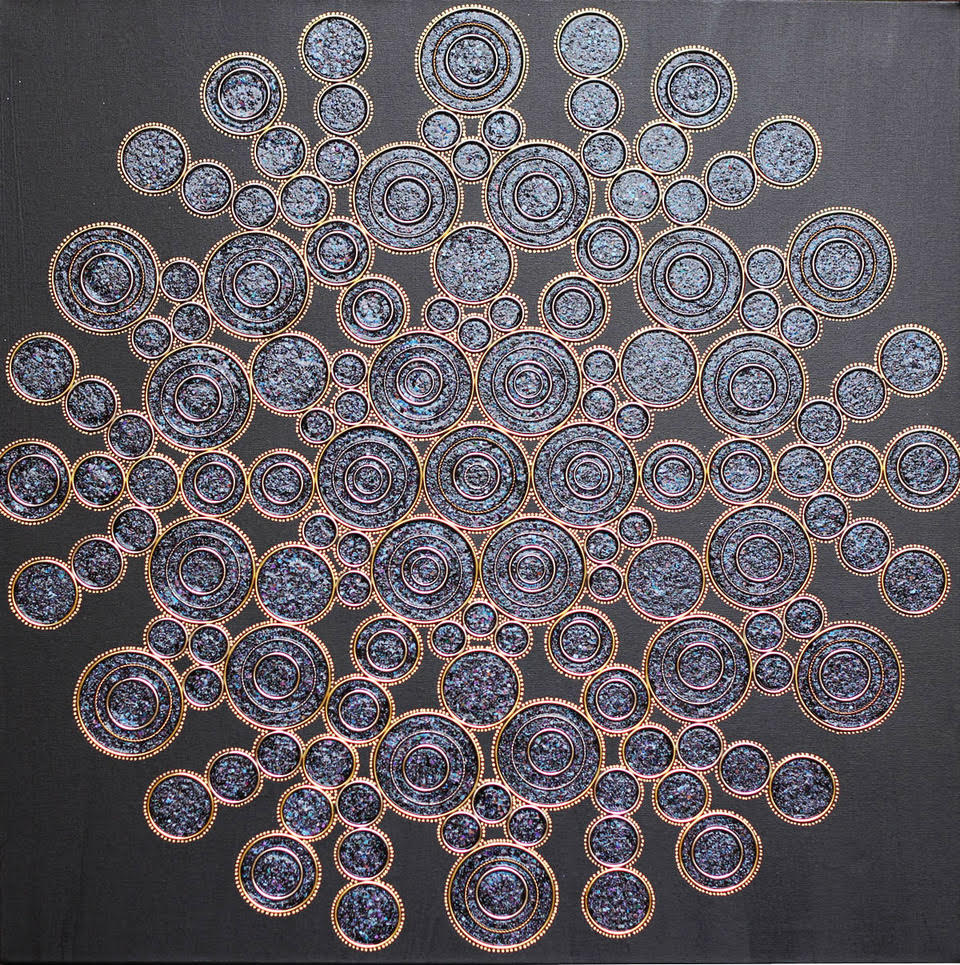
For more by Jasmine Virginia, visit her website or Instagram.
Share this Post

